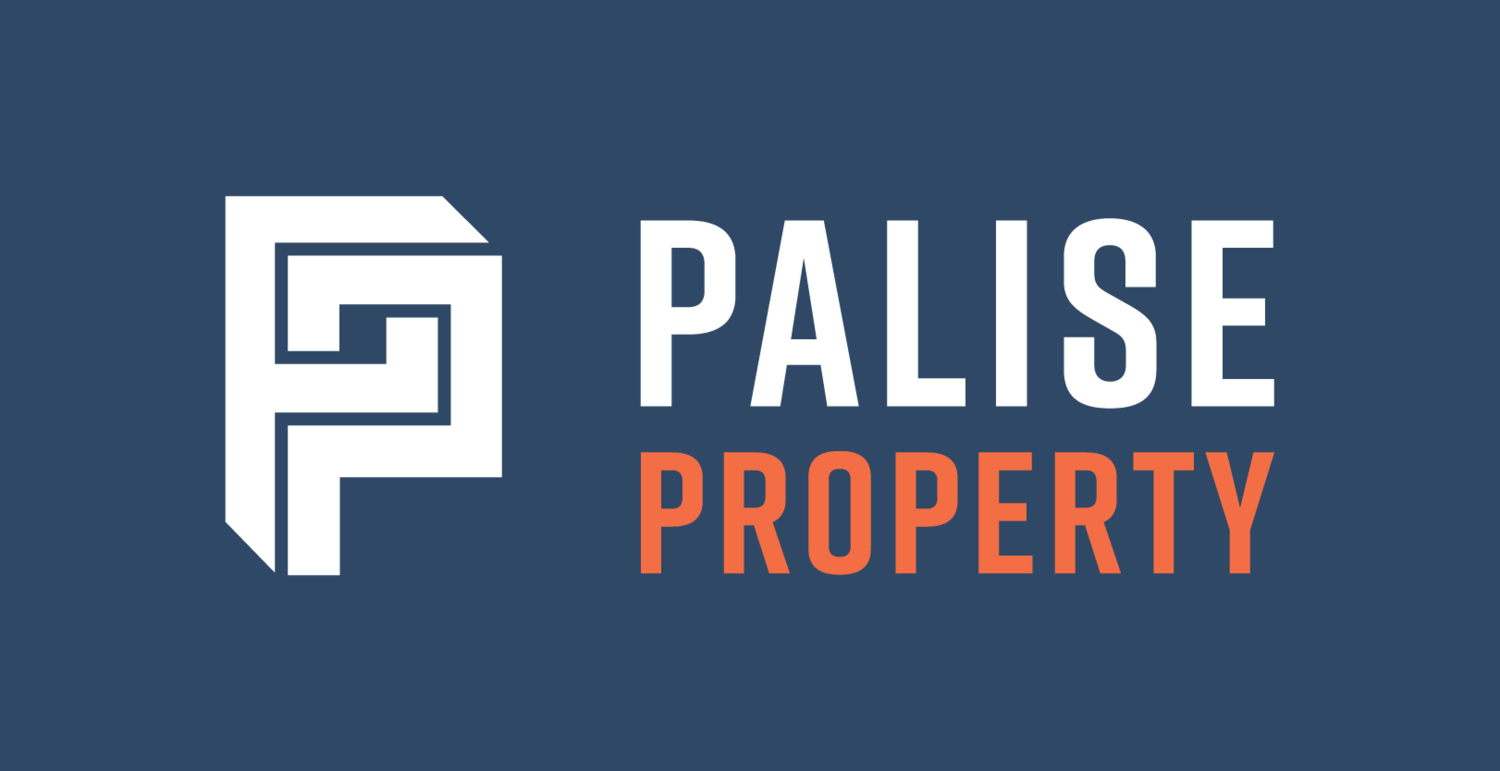How flexible working could re-shape the property market
Working from home is an increasingly common part of the average working week, and it has the potential to impact how Australians assess where they want to live and buy.
One of the cited reasons employees work from home is increased productivity due to reduced commuting time.
In 2012, prime minister Julia Gillard set a target for the Australian public sector to increase the quantity of workers who work remotely once a week from 4 per cent to 12 per cent by 2020.
This target has drastically been surpassed with approximately 33 per cent (3.5 million) of all employed Australians regularly working from home in their main job, according to figures released by the Australian Bureau of Statistics in 2016.
A recent study by the International Workplace Group now show that approximately 50 per cent of employees work remotely for at least half of the week and more than 66 per cent work at least one day a week remotely.
One of the cited reasons employees work from home is increased productivity due to reduced commuting time.
The average commute time in Australia is an hour a day, with those in major capital cities seeing an additional 10 minutes. Commuters in outer city locations can quite easily spend one and a half hours door-to-door each way.
Many people argue that workplaces will never become completely remote, but the statistics are staggering and hard to argue against with what the landscape could look like in the following decades.
The main argument is that business requires face-to-face contact, and this is totally understandable. Face-to-face communication can assist with idea generation and relationship building.
However, full immersion virtual reality could be within the next decade with the technological hardware already available.
With a drastic increase in the number of employees working remotely, there will be a shift to regional lifestyle locations such as rural and coastal.
Working remotely has been around since the 1970s, however only recently has the technology and culture shifted to rapidly increase the ability to do so.
So, what does this mean for real estate in Australia?
With a drastic increase in the number of employees working remotely, there will be a shift to more affordable markets.
This will include both affordable capital cities as well as regional lifestyle locations such as rural and coastal.
As always, scarcity and affordability will be the main drivers moving into the future.
The locations to keep an eye on are affordable markets that have both lifestyle as well as a versatile airport to allow for personal and business travel.


